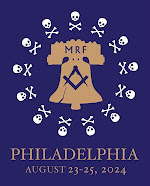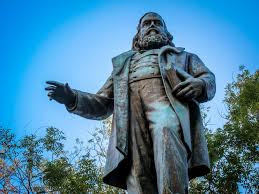The answer is: Yes!
What’s the word? Symbology.
So?
Nothing. It’s just that Coach Nagy posted something on the Faceybook this morning that quotes Joseph Campbell in which the professor uses the word symbology.
“The symbology of religion is, in many of its most essential elements, common to the whole of the human race; so that, no matter to what religion you may turn, you will––if you look long enough––find a precise and often illuminating counterpart to whatever motif of your own tradition you may wish to have explained. Consequently, the reference of these symbols must be to something that is antecedent to any historical events to which they may have become locally applied. Mythological symbols come from the psyche and speak to the psyche; they do not spring from or refer to historical events. They are not to be read as newspaper reports of things that, once upon a time, actually happened.”
Joseph Campbell
“The Interpretation of Symbolic Forms”
The Mythic Dimension, p. 198
Campbell died in 1987, and this reminded me of a brief protest made at some point (I don’t remember when) on X-Oriente as the hosts decried use of that word, saying it wasn’t a real word, but merely was something coined by Dan Brown for his Langdon character. It’s a word I think I’ve used here on The Magpie Mason at least once, so I took notice of what they said. They are wiser than I am, so I listen.
On the other hand, I’m not opposed to novelists, playwrights, poets, et al. making up words that the rest of us infuse into the lexicon of our lives. I’ve been using “grokking” as often as good manners permit since learning of it here back in high school, which I soon followed to its source. Offerings from this one and that one enhanced my vocabulary, even though these writers invented the adopted words. Sometimes smithed words will do that, especially by this Will smith.
Prompted by Coach Nagy, I finally just looked up symbology, and it has a bona fide etymology because it has a history.
symbology (n.)
1840, contracted from symbolology, from Greek symbolon “token” (see symbol) + -ology.
(Remember, we speak of tokens in Masonic initiation.)
I have no larger point here. I just like investigating language.
No, wait, I do have a point: Where the hell are those august X-Oriente guys?!
















































































